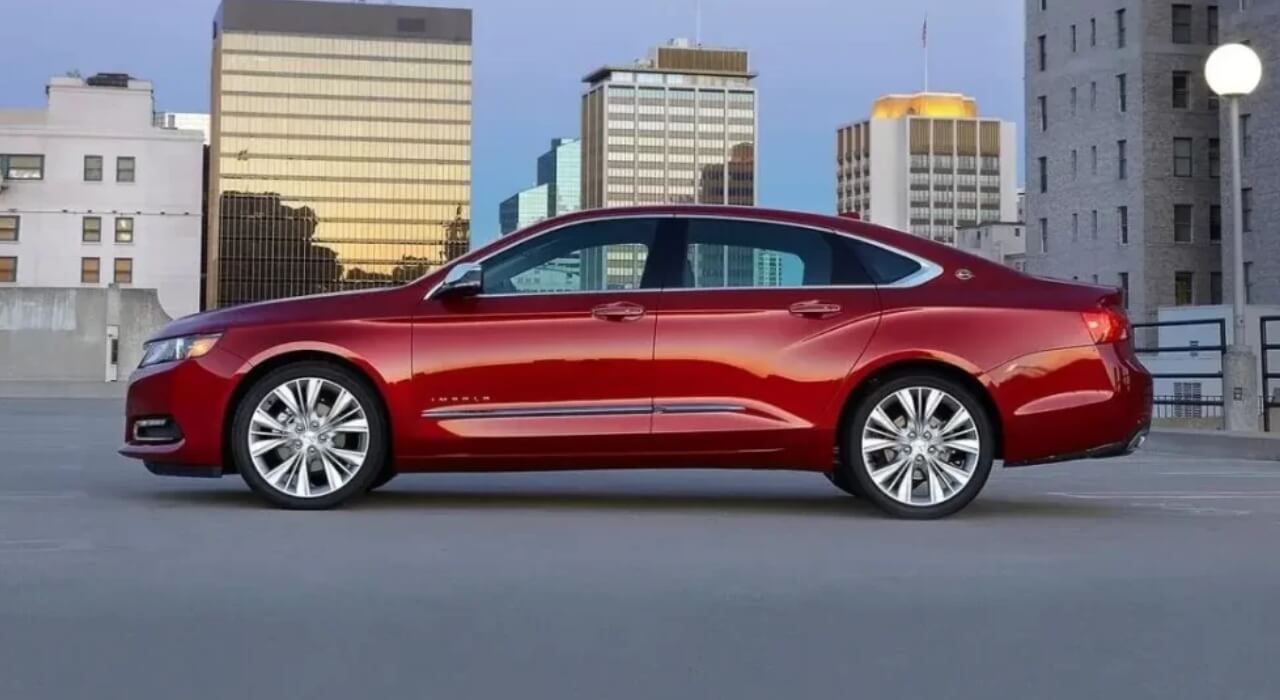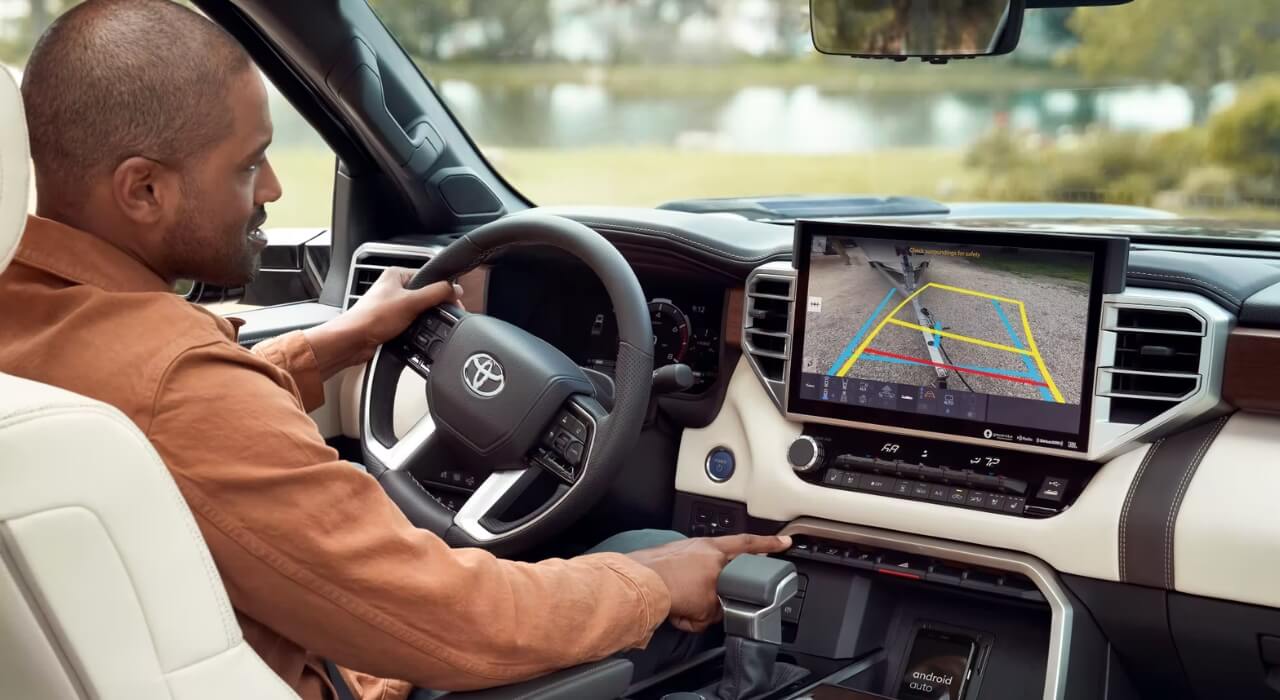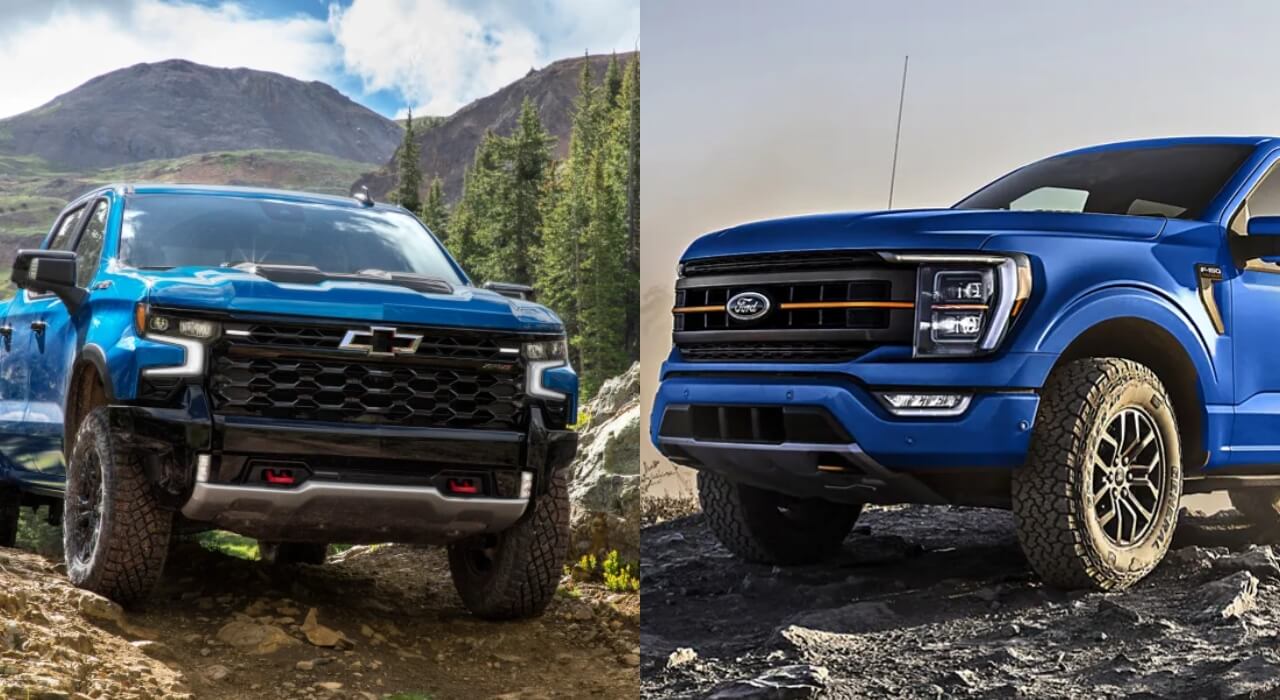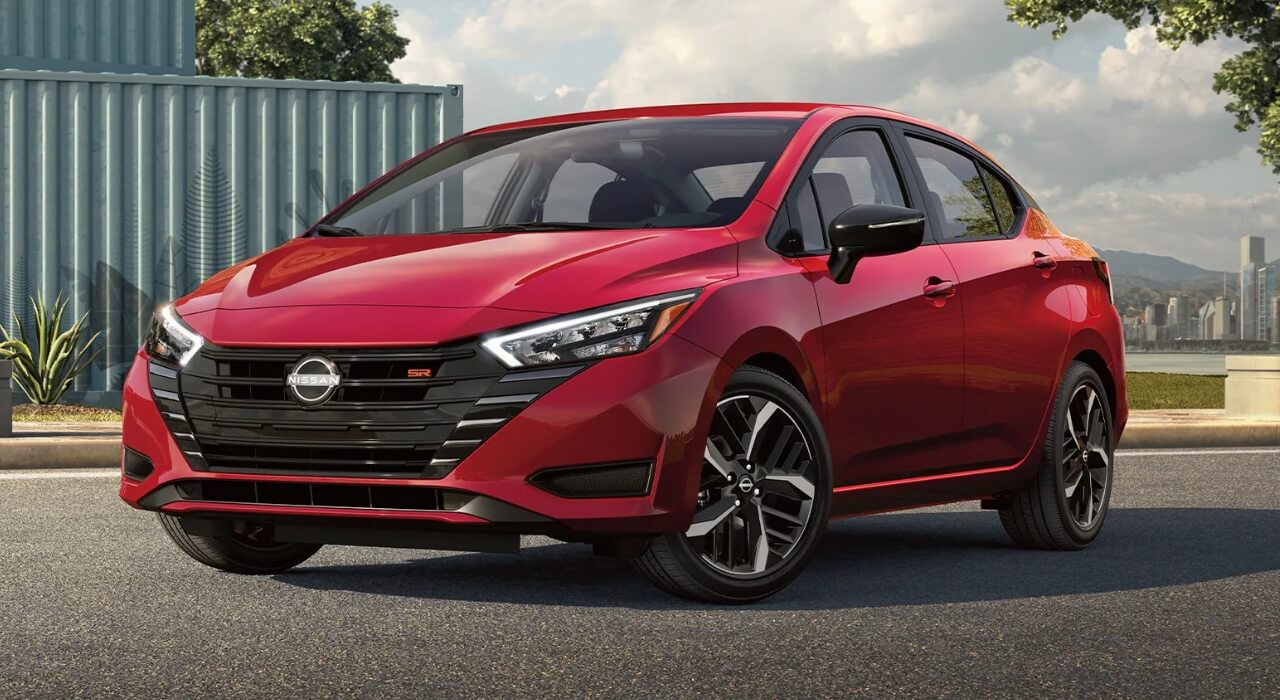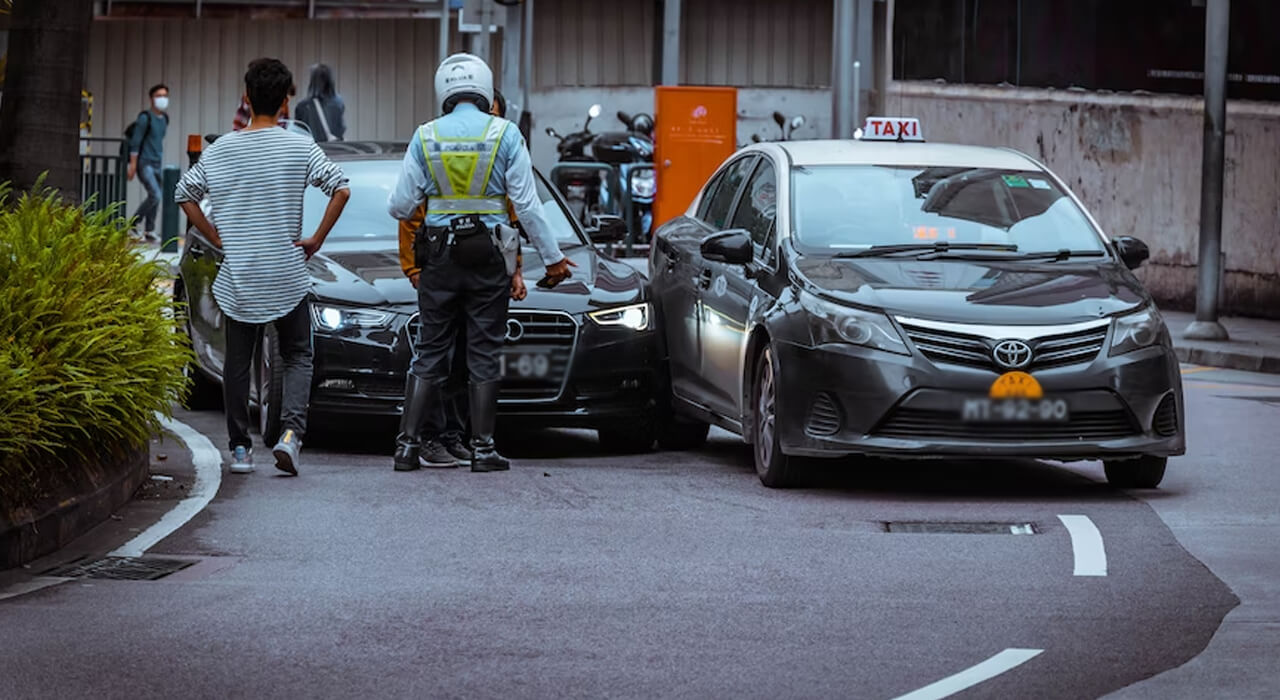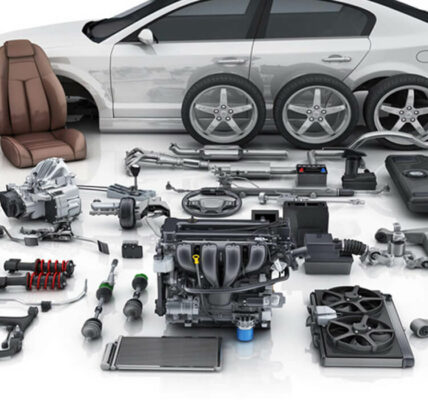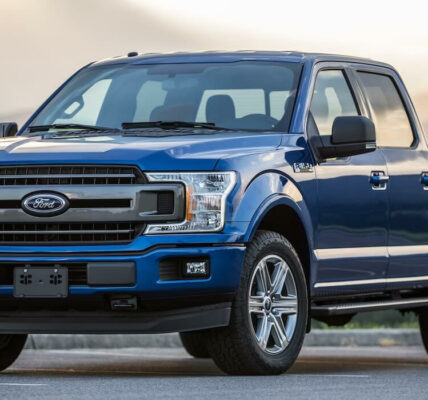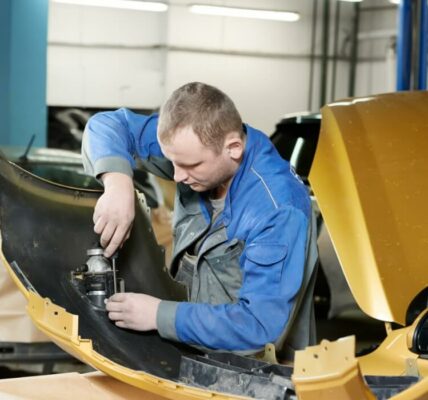Cars have come a long way in terms of safety features. There was a time when seat belts were optional, airbags were unheard of, and there was no such thing as a crumple zone. Car accidents were frequent, and fatalities happened often due to a lack of safety concerns.
Roads were also less developed and not designed in a way to accommodate motor vehicles. But today, most cars come equipped with advanced safety features designed to protect drivers and passengers in the event of a crash.
The Importance of Car Safety
Car safety is a critical issue that affects people around the world. In the U.S. alone, there were over 36,000 fatalities from car crashes in 2019. By understanding how cars are designed to protect you during a crash, you can make informed decisions when buying a car and learn how to maximize your safety when driving.
Safety features have come a long way since the first car was invented in 1885. Some of the original safety upgrades included foot brakes instead of hand brakes, the addition of the horn, and the introduction of headlights. Even the tires we know today are an upgrade from the original all-rubber tires, which caused bumpy rides and were accident-prone.
Over the years, car manufacturers have continued introducing numerous improvements including seat belts, airbags, and assistive technology. Keep reading to learn more about each safety feature.
Crumple Zones
Crumple zones are an invisible yet important safety feature that helps protect passengers in the event of an accident. They are areas of a car that are designed to crumple and absorb the impact of a crash. By absorbing the energy of the collision, crumple zones help reduce the force of the impact on the passengers inside the car.
How does this work? Well, when a car is involved in a crash, the kinetic energy of the impact is transferred to the car. Crumple zones are designed to deform and crumple in a way that absorbs this energy and reduces the force of the impact on the people in the vehicle. By spreading the force of the impact over a larger area, crumple zones help prevent serious injuries and even death.
Seat Belts
Seat belts are one of the most important safety features in a car. Seat belts are designed to keep passengers from being thrown from the car in the event of a crash. They work by using a combination of webbing and buckles to secure passengers in their seats, and they lock up to keep the person in place if the vehicle crashes.
Also Read: Why Does My Car Battery Keep Dying? Everything You Need to Know
Seat belts are incredibly important because they help prevent serious injuries and fatalities in car accidents. Studies have shown that wearing a seat belt reduces the risk of death or serious injury in a car crash by up to 50%. Every state in the U.S. has some form of a seatbelt law to encourage their use.
Airbags
Airbags are another important safety feature in cars. You won’t even see your vehicle’s airbags unless you are involved in an accident.
Airbags are designed to deploy in the event of a crash and provide a cushioning effect for passengers. When a crash occurs, sensors in the car detect the impact and send a signal to the airbag system. The airbags then inflate in a fraction of a second and deploy to protect the passengers.
Airbags are incredibly important because they can help prevent serious injuries in a car crash. They work in conjunction with seat belts to provide a cushioning effect for passengers, reducing the risk of head and chest injuries and the chance of being thrown outside the vehicle.
Side-Impact Protection
Side-impact protection is a feature designed to protect passengers in the event of a T-bone collision, where one vehicle collides with the side of another vehicle. This type of accident can be particularly dangerous, as there is relatively little metal and structure between the passengers and the impact. Side-impact protection may take the form of reinforced doors, impact-absorbing foam in the door panels, or side airbags.
Suggestion: How To Properly Maintain Your Car? – Tips For Every Car Owner
Reinforced side panels work to absorb and redistribute the force of impact in a car crash. Materials such as boron steel are used and placed in strategic positions to protect passengers’ vital organs. This goes to show that car manufacturers are considering all possible types and angles of accidents when designing vehicle safety features.
Modern Safety Features
In addition to passive safety features that protect you during a crash, modern cars also often come equipped with active safety features that work to prevent accidents from occurring in the first place. These may include features like anti-lock brakes, traction control, and electronic stability control, which help the driver maintain control of the car in slippery or unstable conditions.
There are even more modern safety features in newer cars, and these innovations will only continue. These include adaptive cruise control (ACC), lane departure warnings, blind-spot monitors, and pedestrian detection. Most new cars these days come equipped with a rearview camera that guides backing up, and parking sensors that assist with parking.
Some vehicles also come with smart headlights that adapt as needed, as well as automatic emergency braking. As modern cars continue to develop, they can act as another set of eyes on the road to detect risks the driver may not.
To Safety & Beyond
Hopefully, now you have a better understanding of the importance of car safety and how it has evolved over time, as well as the specific safety features that modern cars are equipped with. Overall, the design of modern cars incorporates a wide range of features and elements that work together to protect you in the event of a crash.
By understanding how these features work, you can make good decisions when buying a car and take steps to stay safe on the road. Before even heading to a car dealership, do a little bit of online research. Organizations like the National Highway Traffic Safety Administration provide car safety ratings.







